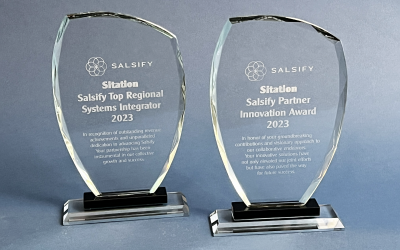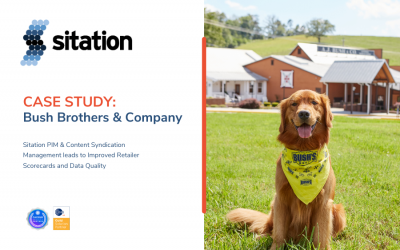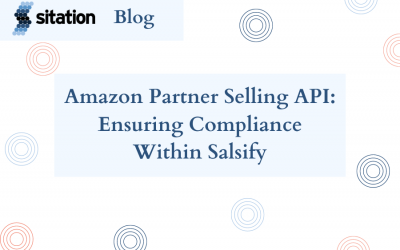In The Future of PIM Beyond 2021, Salsify Co-Founder, Rob Gonzales suggests that the “…goal of a PIM is to help you get your products to market as quickly and optimally as possible and to assist you in keeping your products competitive over time in the face of constant channel volatility…” What he doesn’t mention is that for many companies GS1 Standards are the linchpin to making this happen, even if they don’t yet know it.
What is GS1?
GS1 is a non-profit organization where industry representatives, associations, regulatory agencies, academic institutions, and government agencies collaborate to address the challenges of data exchange by creating standards-based solutions. While GS1 is a global unit, they work with the big guys like Walmart and Kroger as well as small mom & pop retail stores .
A few other things to note about GS1:
- GS1 is neutral – GS1 members are there to facilitate. They are not looking to push any agenda, instead they help us find solutions to the ever increasing and intricate realm of data-exchange.
- GS1 is comprehensive – GS1 covers retail (including grocery), foodservice, healthcare, transport & logistics, technical industries, and humanitarian logistics.
- GS1 has solutions – starting with the first barcode on a pack of Juicy Fruit in 1974, GS1 helps develop innovative solutions.
The legacy of GS1 is an inspirational story of unified collaboration for a global result and there is so much more.
GS1 is not a group of people, ignorant of your industry, trying to tell you how to talk about what you do. GS1 is composed of people you do business with, working to find ways that people in industry can communicate with each other.
GS1 is not them, GS1 is us.
What are GS1 Standards?
Suppliers, sellers, and brand owners need to manage a large volume of content for every single product to create the best possible user experience in commerce and the supply chain. Most of that content is standard; identification numbers and descriptions, weights, dimensions, ingredient lists, usage instructions, shelf-life information, etc., and GS1 Standards help enable communication of this content.
GS1 Standards create a clear set of expectations for content needed by retailers, operators, supply chains, or consumers for every product, every time. This content is commonly referred to as ‘base’ or ‘core’ content. If you know and manage these expectations, data can be captured, stored, curated, and shared quickly and correctly.
The best example of a GS1 standard is the barcode. Without GS1 standards, we wouldn’t be able to drag a product across a scanner at a retail location and have product and pricing information appear on a screen. GS1 makes Point of Sale (POS) convenience possible.
Why use GS1 Standards?
By using GS1 Standards, you can provide a solid foundation of clean, accurate, and up to date content that you can often set and forget or tweak in minor ways over time. GS1 Standards can be a solution to incomplete or inaccurate data issues, preventing rejections, fees, and reworks when getting your products on the market.
Once you’ve set core product content up according to standards, you are free to spend the rest of your time, energy and money in creating and curating what I call the fluffy stuff, including descriptions, feature benefits, key words, digital assets and more. But to be clear, there are formatting and delivery standards for the fluffy stuff too.
You can use GS1 Standards to manage core content on every item in a consistent manner, then link that core content to the fluffy stuff in a great PIM like Salsify. Now, all you need is readily available in an easy-to-use container for storing, managing, and sharing so you can, “get your products to market as quickly and optimally as possible”.
Who Can Help?
As a GS1 Gold Solution Partner, Sitation has an in-depth knowledge of GS1 Standards as well as Retailer/Operator and PIM system requirements. As trusted advisors, Sitation’s staff of certified experts are happy to guide you through the data management process using GS1 standards.
To learn more, schedule a call with Sitation or visit www.Sitation.com for information on how we can work with you to help you realize your data-exchange goals.




